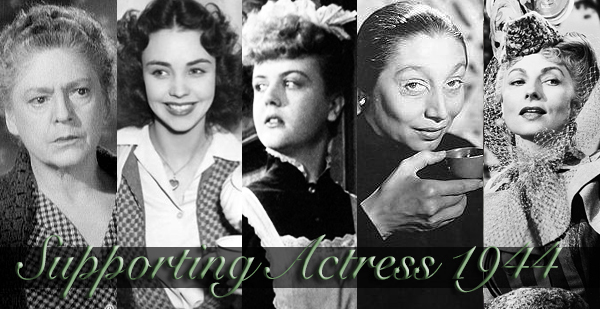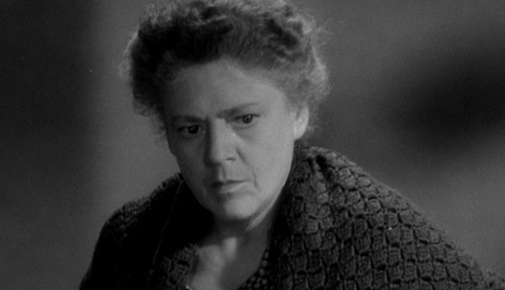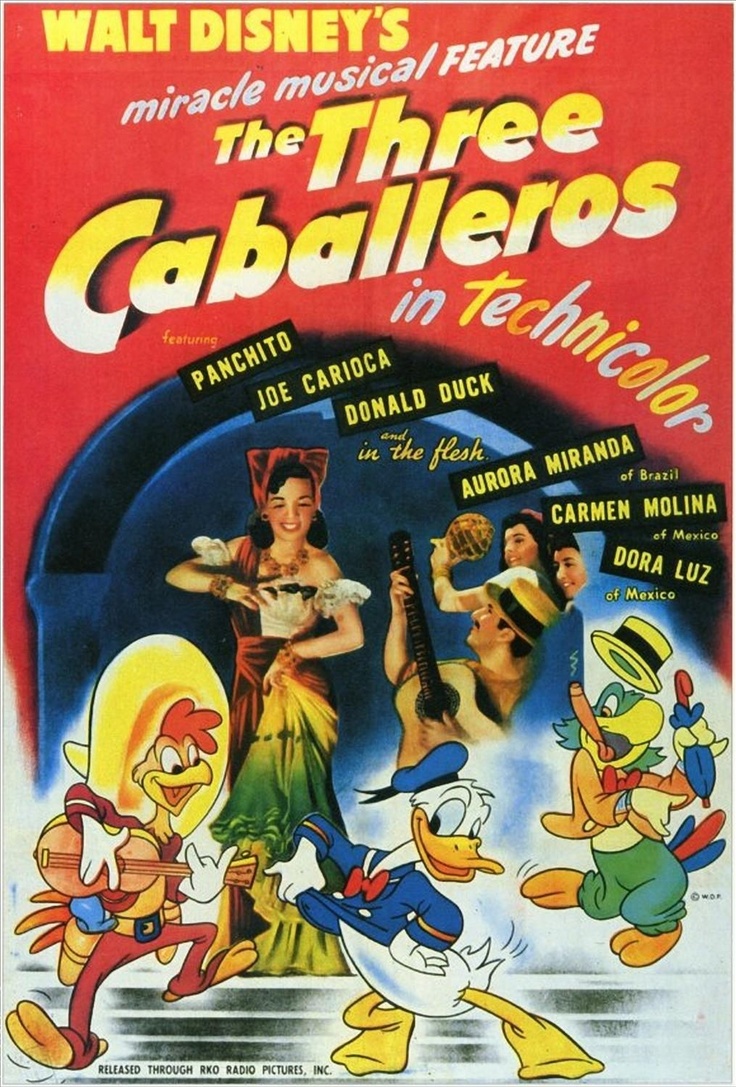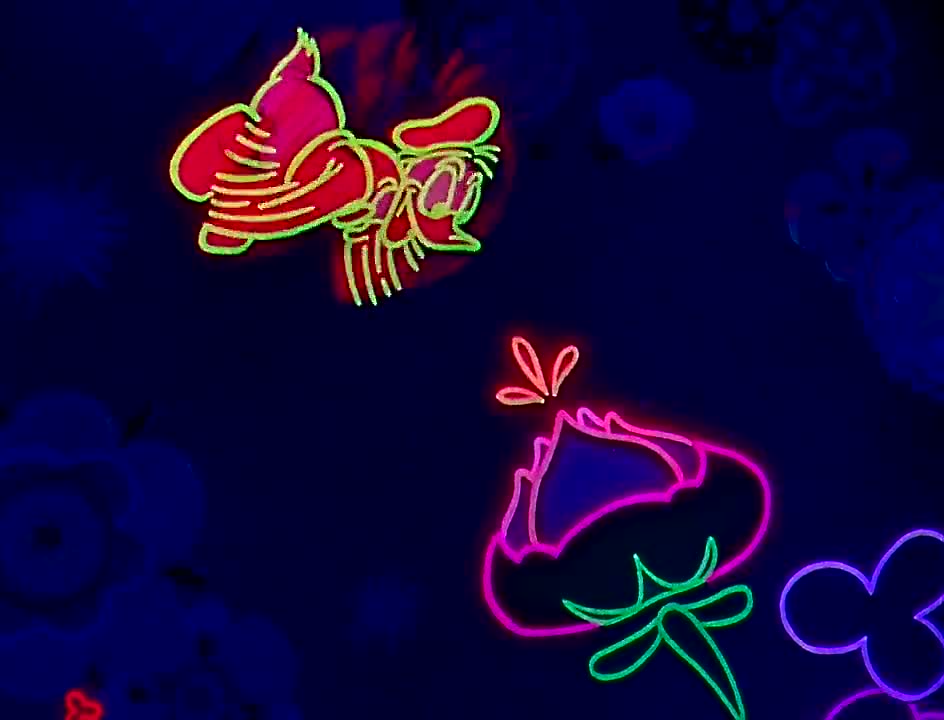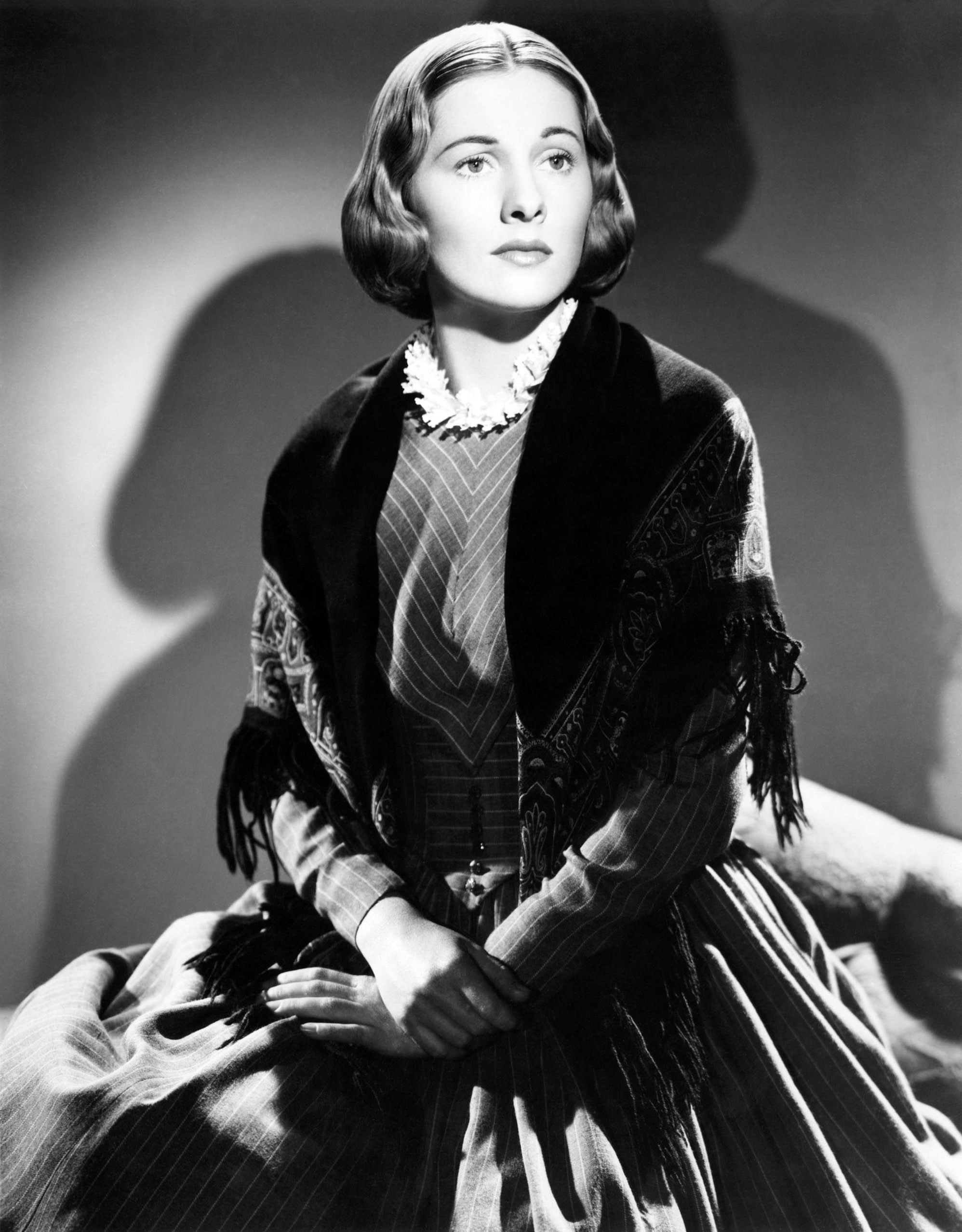Podcast Smackdown Companion: Gaslight, Since You Went Away...
 Sunday, November 5, 2017 at 9:45PM
Sunday, November 5, 2017 at 9:45PM Please read the Supporting Actress Smackdown of 1944 before listening please!

After voting in the Smackdown Nathaniel and the panel which included Mark Harris, Loren King, Farran Smith Nehme, Molly Pope, and Matthew Rettenmund got together to talk about the five films we watched and that era in Hollywood during World War II. We hope you enjoy the conversation!
Index (62 minutes)
00:01 Introductions of the Panel
03:00 Dragon Seed, yellowface, production trouble, and Oscar theories
11:50 Since You Went Away, war propaganda, and acting styles
24:00 None but the Lonely Heart, Cary Grant, Barrymore and "great lady" acting
38:50 Gaslight and Mrs Parkington
51:30 Our favorites of 1944 including Meet Me in St Louis and Double Indemnity
57:30 The forgotten Wilson, final Oscar notes and goodbyes.
You can listen to the podcast here at the bottom of the post or download from iTunes. Continue the conversations in the comments, won't you?
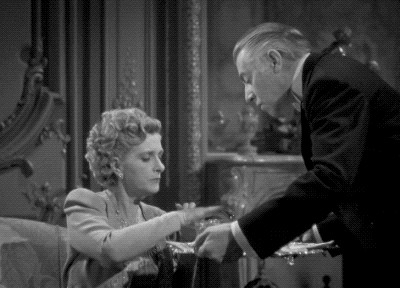 Gladys Cooper downing the drinks! Was she watching Dragon Seed, too?
Gladys Cooper downing the drinks! Was she watching Dragon Seed, too?
FYC after listening...
Mark's "Five Came Back" as a miniseries on Netflix
Matthew's new nostalgia site Gr8ter Days
Molly co-stars in Bulldozer: The Ballad of Robert Moses (previews begin Nov 25th)
Farran's book "Missing Reel"



